Suture: A joining of the lips or edges of a wound or the like by stitching.
The unexpectedly sensuous definition of the clinical term “stitching” evokes pain, but also gentleness and care, all of which I associate with the works of Doris Salcedo. The Colombian artist has a current traveling survey organized by the Museum of Contemporary Art Chicago (MCA Chicago) that invites viewers to share pain and grief and collectively mourn by confronting them with objects that either entomb or are entwined with organic matter. Salcedo sews and weaves with hair, binds and mends bones with animal fiber. She performs funerary rites through attentive acts that bring things together.
The exhibition, which groups Salcedo’s various bodies of works in clusters, charts the development of her material practice and demonstrates her penchant for reconstituting acts. An early sculptural series, Untitled (1989-2008), for instance, constitutes an army of armoires, dressers, and cabinets melded together and plugged with concrete. Bits of clothing peek out from the cold, grey surface. Atrabiliarios (1992-2004) encases shoes in rectangular niches cut neatly into drywall. A piece of animal hide is stretched over the opening and the edges are sewn shut with crude surgical stitches. Dotting an otherwise vacant white wall, the individual pieces within this series collectively appear like solemn cremation plots where footwear takes the place of urns. A more recent body of work, Plegaria Muda (2008-2010), presents a labyrinth of tables topped by a layer of soil, and an upturned table. Sprigs of grass poke through minuscule holes that punctuate the furniture. Collectively, these works perform a burial for an absent body.
Under what extraordinary circumstances do we bury a missing person? Living and working in a country with a long-running, armed conflict, Salcedo confronts the news of kidnappings, disappearances, and massacres as part of her daily life. She states, “Colombia is the country of unburied dead and has hundreds of unidentified mass graves where the dead remain nameless. For this very reason, I inscribed the image of the grave within this piece [Plegaria Muda], creating a space for remembrance, a graveyard that opens up a space for each body.” As an alternative to straight figuration, Salcedo creates objects that defy the status of representation, and they certainly deny illustration. She sculpts and shapes the grave volumes of emptiness that stand in for missing or murdered persons, and leaves us with voids where profound questions linger.
Imagine witnessing the murder of your parents as a child. Imagine the depth of that injury. How do you join the lips of that psychic wound? Is healing possible? Tragedy underwrites much of Salcedo’s work; in particular, she dedicates Unland: the orphan’s tunic (1997) to the Colombian children who were forced to witness the murder of their parents. From afar, Salcedo’s sculpture appears like an uncomfortable wooden bed, roughly hewn and weathered, made to keep standing with Frankenstein add-ons. Step closer and there’s a horror of recognition; what appears to be a gradation of color due to wear-and-tear is fine embroidery of human hair, bearing different colors, stitched onto a gauze-like layer of silk. The strands of hair choke and cocoon the fabric in places, as in the part where the neck would be if I were to lie down on it. This is a deathbed.
The title “Unland” is a portmanteau Salcedo borrowed from the Jewish-Romanian poet Paul Celan. Writing in German, the language of the oppressor, Celan’s entire artistic output results from trauma. His biography reveals mere glimpses of the horror and suffering that he underwent, as in returning home one day to discover that his family had been taken by the Nazis; his own imprisonment in a labor camp; his suicide. Celan’s poetry has become a must-read for Germans who, whether as a mending nation or a young generation discovering its country’s past, are “coming of age.” Besides Unland: the orphan’s tunic, other subtitles in the series borrow from Celan’s poems, including irreversible witness (1995-98) and audible in the mouth (1998). When I hear these words, I think of the magnitude of terror experienced and the scream ringing from inside an unopened mouth. In Unland: irreversible witness, a steel crib, toppled and conjoined awkwardly to wooden tables, appears more like a butcher’s table than a nurturing space.
Interested in what it means to heal, Salcedo has paid close attention to Joseph Beuys, a self-proclaimed shaman. Beuys propagated radical ideas about art in Germany, a country wrought with guilt and terror. He created myths about himself, most famously surviving an airplane crash while serving with the Nazis in Crimea, the apocryphal part being that the Tartars wrapped him in felt and animal fat to revive him.
In contrast to this sensationalism, Salcedo takes a different tone and approach even while sharing with Beuys an intense desire to grow new skin, to be wrapped in the warmth of fat and felt. But in a country that has endured the longest-running civil unrest in the Western Hemisphere, Salcedo’s immediate environment jars with comforting materials and gestures. Rather, I see some of her earliest untitled works from the late 1980s as an antithesis to the Beuysian felt sculptures. In these works, translucent animal fiber wraps around the skeleton-like steel frames of furniture. Bound within them are bits of bone. Just as our skin may envelope an invasive foreign element in the process of regeneration, these osseous fragments are deeply embedded and even embraced by the work. Take away the myth, strip away the felt, trim away the fat, and we’re left with bleached white bones and pale skin that clings tightly to the frame. Healing begins at this point of bare recognition.
Because Colombian civil war is not a finished story as Nazi Germany was for Beuys, Salcedo necessarily starts her rituals from a different place. Thus the funerary rites she performs are ever-shifting, adapting and responding to everyday urgencies and emergencies. In addition to the objects on display, MCA has produced a short film that documents some of the more ephemeral public works that sprang up spontaneously in commemoration of the murdered, as well as site-specific installations that had a life of its own before ceasing to exist.
An integral part of the exhibition, the film Doris Salcedo’s Public Works highlights an important aspect of the artists’ practice and reveals the working process, the team of architects, researchers, and experts of all kinds who bring their own set of ideas and skills to the realization of her works. Salcedo’s contribution to the Istanbul Biennial in 2003, for instance, where she filled a vacant lot with a three-story pile of chairs, is a feat of engineering. Her celebrated 2007 installation Shibboleth at the Tate Modern Turbine Hall shook the earth and split open a chasm on the floor of an otherwise pristine contemporary art space. Yet some of Salcedo’s public works consist of simple, vernacular gestures of commemoration. For Accion de Duelo (2007), Salcedo set 24,000 votive candles in Plaza de Bolívar in Bogotá, and as she began lighting them she soon found that others had joined in to help. When Colombian activist and journalist Jaime Garzón was assassinated on August 13, 1999, Salcedo mourned for a week, then hung a row of roses on a brick wall across his house. After passing another week, she returned to the wall, and covered its entire length with more roses. A year later on August 13, 2000, Salcedo once again paid homage to Garzón. This time, with his siblings, she laid down a path of roses from his home to the site of his murder, making visible the path no longer trodden by the departed.
In the role of artist as shaman, Salcedo calls upon the spirit of the missing and the dead in the form of public ceremony. In a New York Times review of this year’s exhibition in its Guggenheim iteration, Holland Cotter powerfully begins, “Politically speaking, you don’t have to be a house to be haunted. All you need to be is someone who keeps an eye on the news; who pays attention to loss through violence; and feels a personal stake in that loss, as if it were happening to people you know and care about, to people who live in your home.” The ceremonies that Salcedo performs invite anyone with a stake in the violence and trauma that pervades our contemporary life to a community of mourners. “There are so many massacres that take place in Colombia that we are no longer capable of responding,” Salcedo reflects.
Standing over the last work in the exhibition, A Flor de Piel (2014), an impressive carpet of fresh rose petals sutured together, I am asked to witness. By some alchemy, the petals remain supple ovals, delicately held together to blanket the whole space. It’s the farthest thing from rugged industrial felt, but nonetheless warm and full of life. Dedicated to a Colombian nurse who was tortured to death, the work acts as a full stop, concluding this exhibition’s long, lyrically-meandering sentence with many commas to indicate the necessary moments for pause. A tribute to a particular individual, A Flor de Piel beckons all who stand before it to take a stand as one among many, like the thousands of stitches that suture the lips of so many wounds.

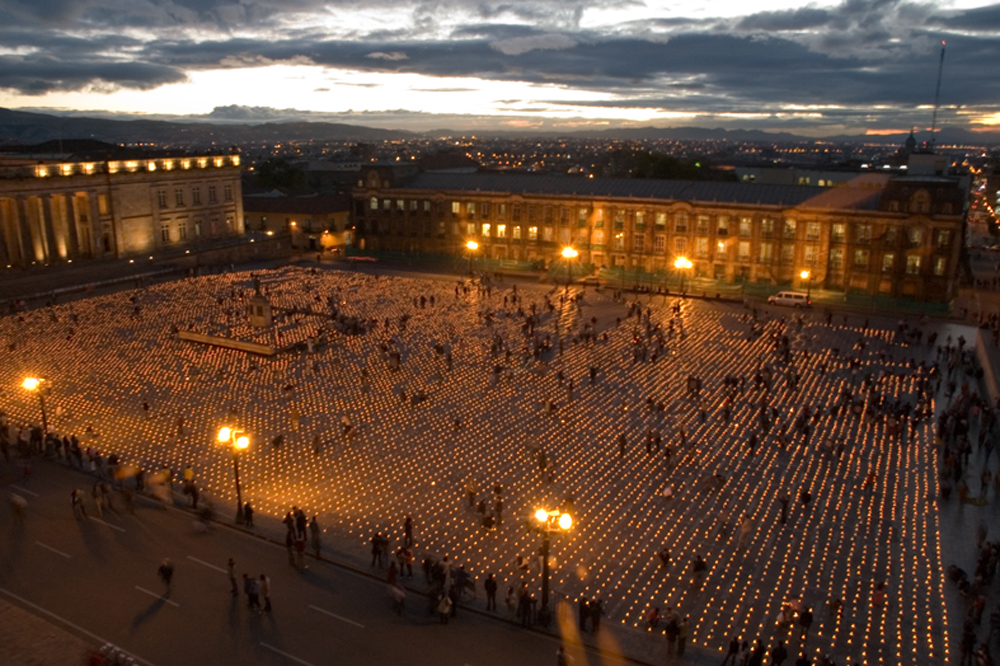
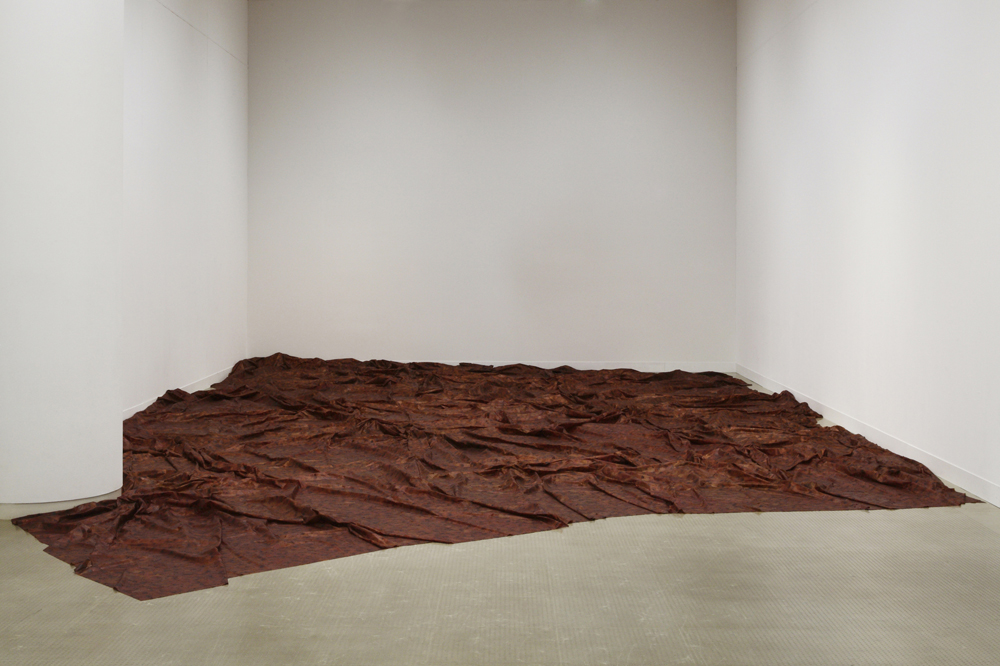
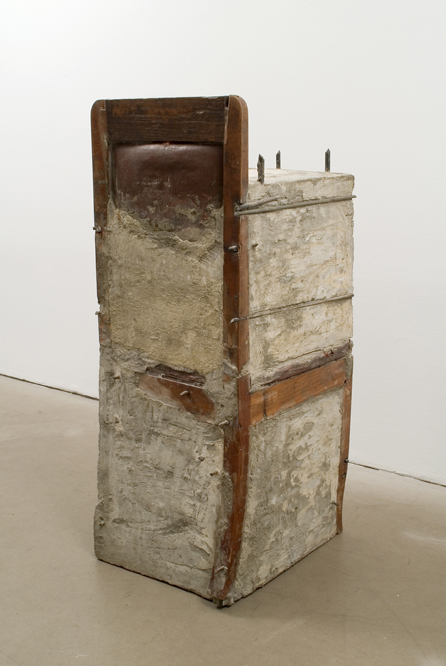
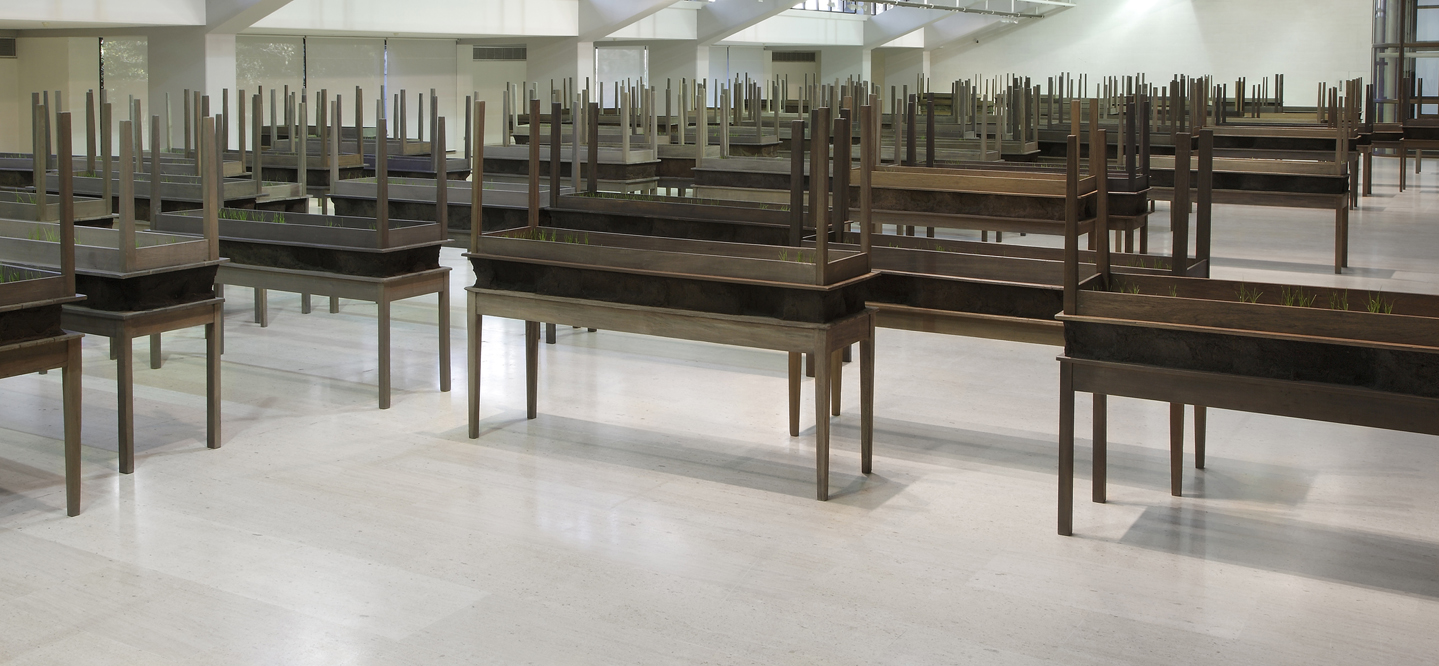
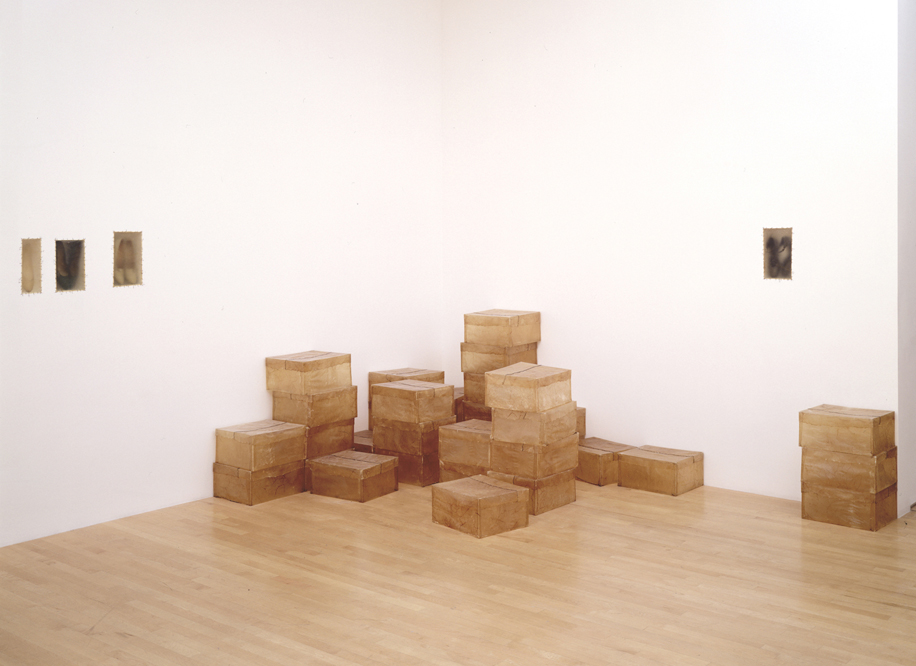
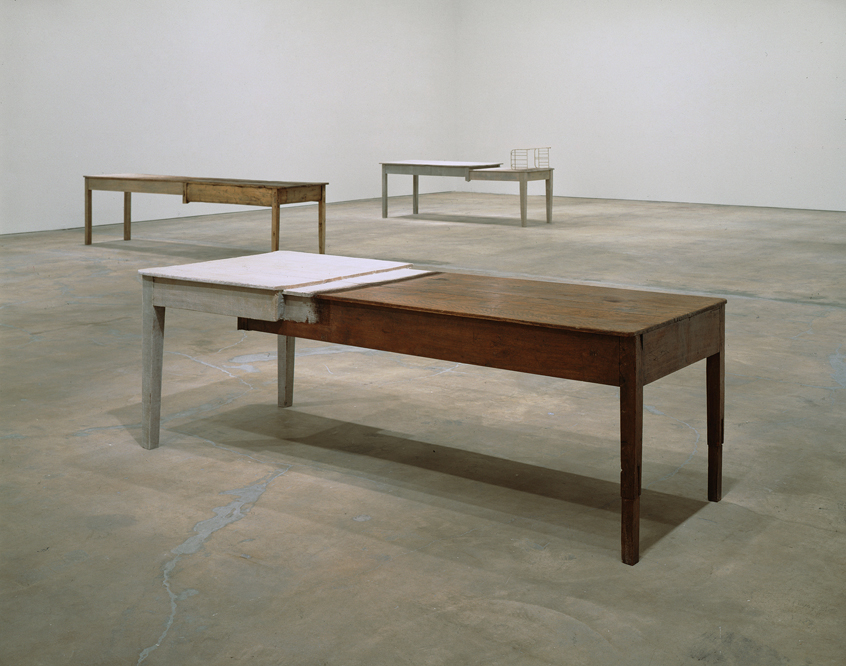





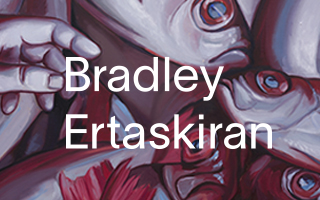

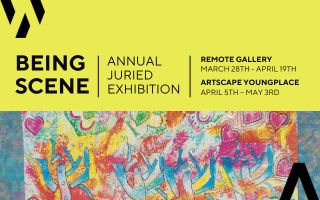

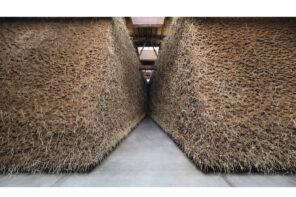
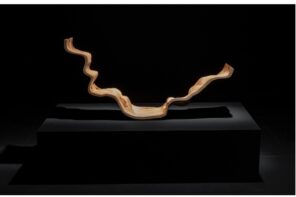
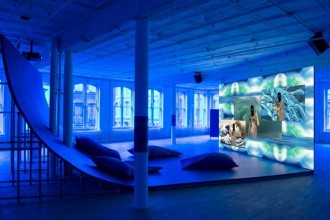
1 Comment